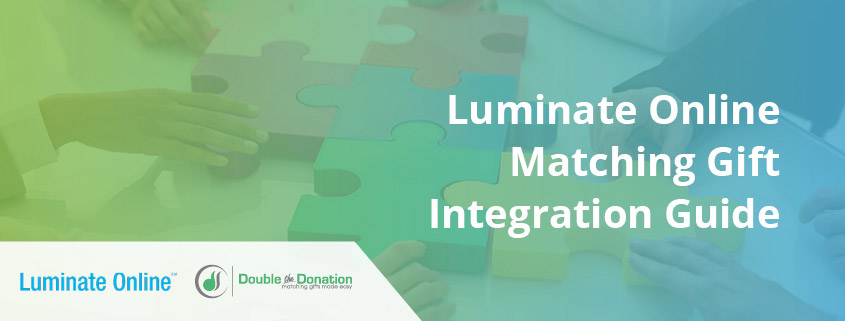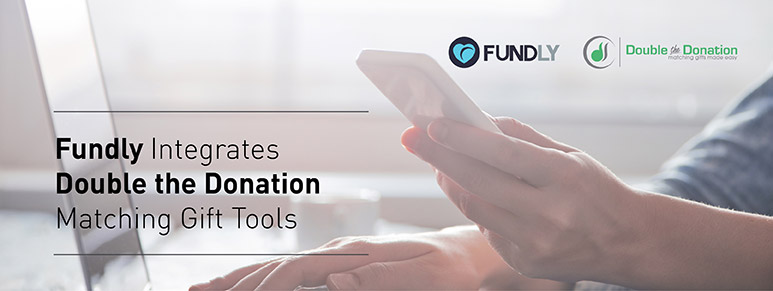
Luminate Online Matching Gift Integration Guide
If you are one of the many Luminate customers looking to equip…

3 Super Handy Worksheets For Year-End Giving
You know the old saying: "When the leaves turn brown, some serious…

Fundly Integrates Double the Donation Matching Gift Tools
Atlanta, GA (October 17, 2018) — Double the Donation is proud…

